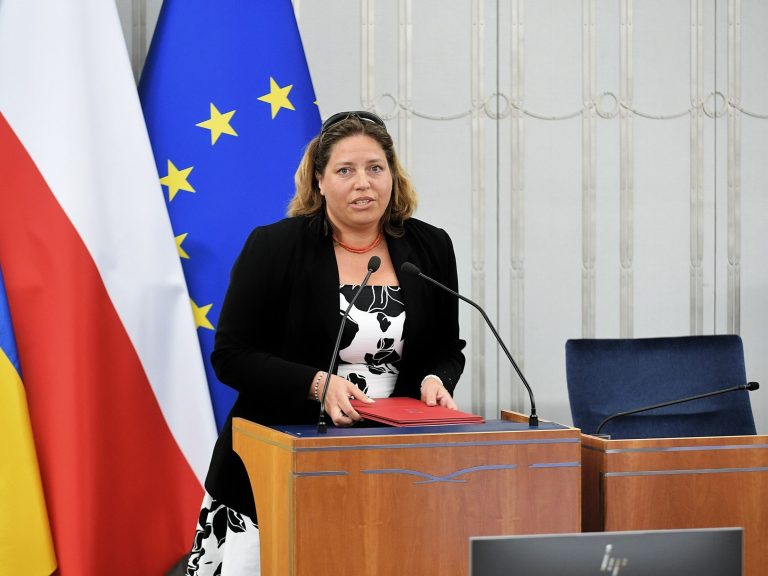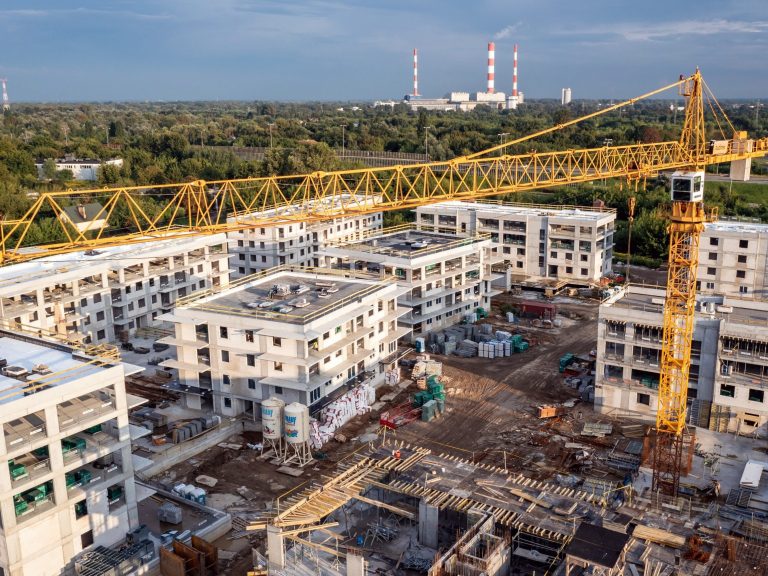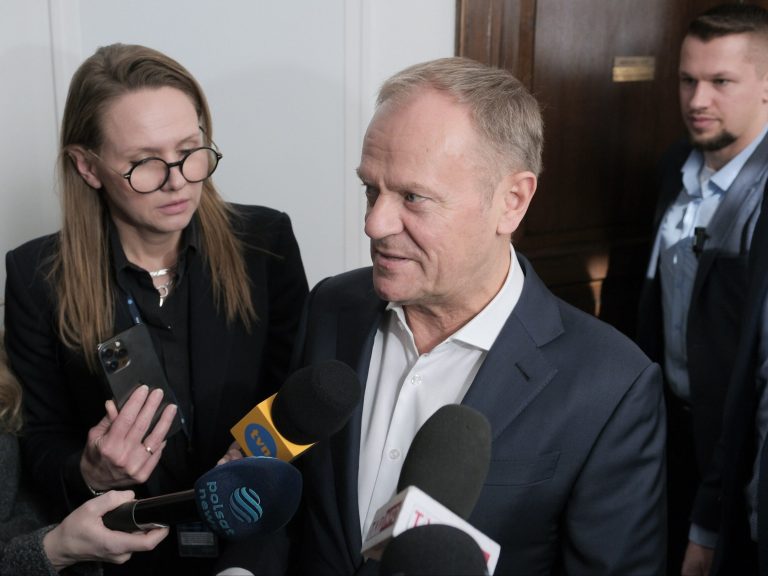The reconstruction of the Saxon Palace begins. “We expect many surprises here”

On Thursday, August 18, the reconstruction of the Saxon Palace in Warsaw will begin. Along with it, other nearby buildings will be recreated – Brühl Palace and the row of tenement houses at ul. Królewska. The investment cost, which is covered from the state budget, is approximately PLN 2.5 billion. Its completion date is expected in 2030.
The Saxon Palace was located at pl. Piłsudski in Warsaw. The beginnings of its construction date back to the 17th century, but it has been rebuilt many times over the years. Finally, in the first half of the 19th century, it was given a classicist form.
Blowing up the palace after the fall of the Warsaw Uprising
It is worth mentioning that the Saxon Palace was perfectly integrated into the surrounding buildings. It was the main element of the urban development of the Saxon Axis, which stretched from Krakowskie Przedmieście to Szary Mirowskie.
In the interwar period, it was the seat of the General Staff of the Polish Army. The Saxon Palace was blown up by the Germans at the end of December 1944, many weeks after they suppressed the Warsaw Uprising.
The only remains of the Saxon Palace are a fragment of the colonnade that once connected its wings – in which the Tomb of the Unknown Soldier is located – and the cellars located under the surface of the square. After the war, its reconstruction was considered many times.
The deadline for completing the reconstruction is 2030.
In 2021, during the presentation of the assumptions of the so-called Polish Order – a program for rebuilding the economy after the coronavirus pandemic – the United Right government announced the decision to rebuild the Saxon Palace.
Along with it, other buildings that were located in the immediate vicinity are to be recreated: Brühl Palace and three tenement houses at ul. Królewska. In December of the same year, a special purpose vehicle called Pałac Saski was established, which will be the direct implementer of the investment. Its cost was estimated at PLN 2.5 billion, and the completion date was set for 2030.
The palace will not be based on the original walls
The company’s spokesman, Sławomir Kuliński, has just announced that the reconstruction of the palace and the mentioned buildings will officially begin on Thursday, August 18. The works will start with fencing the square. Piłsudski plot of land occupied by the palace. Setting up the tin fence will take 10 days.
– After that, we will start earthworks. These are not archaeological because, as we know, the Saxon Palace was already excavated in 2006-2008. Our goal at the moment is to remove the quartz sand that is covering the basements, remove the fleece that most likely surrounds the walls, as stated in the documentation from the previous investment, and check the condition of the walls. They are entered in the register of monuments and will be subject to conservation work so that in the future they can become part of the newly rebuilt Saxon Palace – says Kuliński.
Interestingly, the reconstructed structure will not be based on walls hidden under the surface of the square. Piłsudski. It will be supported on new piles so that the preserved relics of the palace are not degraded or destroyed.
“They have survived in this formula to this day”
Archaeological works will be carried out on the plots where the Brühl Palace and the row of tenement houses at ul. Królewska. Excavations will begin at the turn of autumn and winter. This is a real treat for archaeologists, because these plots were never explored after the war.
– After blowing up the Brühl Palace and the tenement houses on ul. During the royal period, these places were razed to the ground, covered with rubble, and have survived in this form to this day. We expect many surprises here and this research will certainly take longer. They are expected to last until the end of 2023, because both archaeologists and other institutions will be interested in what we find and dig, and scientists will need some time to prepare it all for the next stage of the investment – explained Kuliński.






